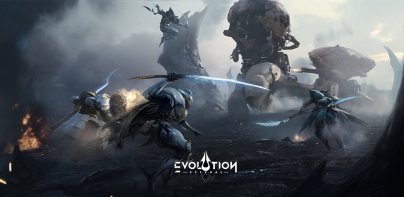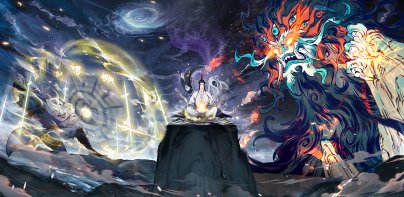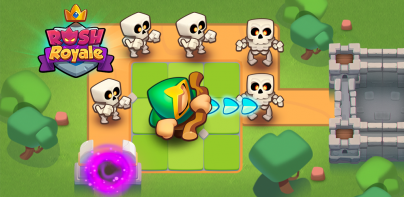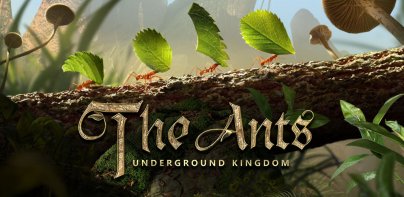


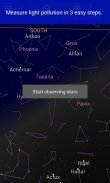
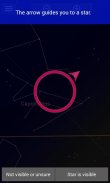
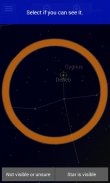
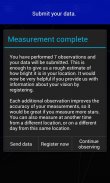
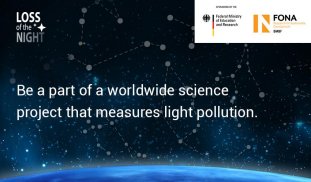
Loss of the night

Description of Loss of the night
Loss of the Night is an application designed for users who wish to participate in citizen science by measuring light pollution in their local areas. This app is available for the Android platform and can be downloaded easily for those interested in contributing to a global project aimed at understanding the impact of artificial light on the night sky.
The primary function of Loss of the Night is to turn users' eyes into a light meter, enabling them to report how bright the night sky appears from their location. Users will engage with the app by identifying specific stars and determining whether they can see them or not. This process allows users to contribute valuable data on skyglow levels, which refers to the brightness of the night sky caused by artificial lighting. By tracking visibility of various stars, users play a crucial role in assessing light pollution in their regions.
Users can learn about different constellations while using the app, making the experience educational. The app guides users through the identification of stars, enhancing their astronomical knowledge alongside their contributions to light pollution research. This dual focus on learning and data gathering is a significant aspect of the app’s design.
The app is particularly beneficial for families and educational settings. It offers a unique opportunity for students to engage in practical science projects by measuring skyglow and visibility of celestial objects. This hands-on experience not only aids in understanding light pollution but also serves as an engaging activity for learners of all ages. Families can enjoy a night under the stars while contributing to a larger scientific community.
Once users complete their measurements, the information is sent anonymously to the GLOBE at Night project. This data collection helps researchers analyze patterns in light pollution across different regions and over time. Users can access a map that displays their contributions, allowing them to see how their findings compare with those from other participants worldwide. Such features encourage ongoing engagement and a sense of community among users who share similar interests in astronomy and environmental science.
Loss of the Night also provides background information about the history and implications of artificial lighting. Users can explore the consequences of light pollution on nocturnal ecosystems and the importance of preserving dark skies. This educational component enhances the overall experience, making users more aware of the environmental challenges posed by excessive artificial light.
The app employs an intuitive interface, making it accessible for various users, regardless of their prior knowledge of astronomy. The clear design allows users to navigate through the app seamlessly, ensuring that the focus remains on the observation and reporting process. This straightforward usability is essential for encouraging participation from a wider audience.
As users engage with Loss of the Night, they contribute to a growing body of research that seeks to understand the effects of light pollution globally. The data collected through the app can influence local communities and policymakers to consider the design of street lighting and its impact on the environment. By contributing to this project, users are not only enjoying a night of stargazing but also aiding in efforts to advocate for better lighting practices in their areas.
In addition to its primary functions, the app is based on Google's Sky Map technology, ensuring that it utilizes a reliable framework for star identification and visibility measurements. This technological integration enhances the accuracy of users' reports, further benefiting the research community.
Loss of the Night is also a tool for raising awareness about light pollution, encouraging users to reflect on their surroundings and the impact of artificial lighting on the night sky. By fostering a sense of responsibility towards the environment, the app promotes a culture of conservation and mindfulness regarding the effects of our lighting choices.
The app is supported by research initiatives, sponsored by the Federal Ministry of Education and Research in Germany. This backing adds credibility to the project and underscores its scientific importance.
Engaging with Loss of the Night not only provides an opportunity for personal learning and enjoyment but also allows users to be part of a significant global effort to assess and combat light pollution. By downloading Loss of the Night, users can actively participate in a project that seeks to protect the natural nighttime environment and restore the visibility of stars for future generations.
For more information about the project and its findings, users can visit the project blog at http://lossofthenight.blogspot.com and the campaign website of seeing stars Leiden at https://seeingstarsleiden.pocket.science/.


